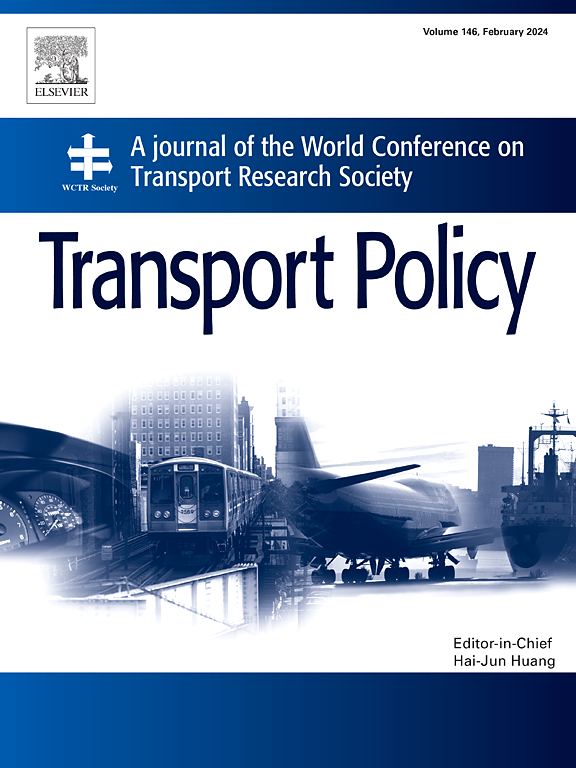BOT contract of high-speed rail project design considering uncertain economic spillover
IF 6.3
2区 工程技术
Q1 ECONOMICS
引用次数: 0
Abstract
The rapid development of high-speed rail (HSR) has had a significant impact on economic development, but it requires substantial investment and places a burden on public funds. The COVID-19 pandemic has further strained government budgets, making alternative funding models attractive. The build-operate-transfer (BOT) model, commonly used in highway projects, involves private companies building and operating infrastructure in exchange for toll revenues. This study explores the use of flexible and fixed BOT contracts for HSR projects and analyzes their impact on private sector investment share and social welfare in HSR projects. Our analytical and numerical simulation findings suggest that under the flexible BOT contract, the private sector investment share increases with the expectation and uncertainty of the economic spillover effect. It decreases with a short HSR infrastructure lifecycle but remains unaffected by a sufficiently long lifecycle. In contrast, a fixed BOT contract raises private sector investment share regardless of the uncertainty of economic spillover. A longer HSR lifecycle amplifies the effect of economic spillover under both types of contracts. Expected social welfare rises with the HSR infrastructure's lifecycle under the fixed BOT contract, but for the flexible BOT contract, it initially increases and then exhibits a jump-down discontinuity at the threshold lifecycle of the HSR infrastructure. The flexible BOT contract outperforms the fixed BOT contract with a shorter lifecycle or higher spillover uncertainty, while the fixed BOT contract yields more welfare improvements for a longer lifecycle.
求助全文
约1分钟内获得全文
求助全文
来源期刊

Transport Policy
Multiple-
CiteScore
12.10
自引率
10.30%
发文量
282
期刊介绍:
Transport Policy is an international journal aimed at bridging the gap between theory and practice in transport. Its subject areas reflect the concerns of policymakers in government, industry, voluntary organisations and the public at large, providing independent, original and rigorous analysis to understand how policy decisions have been taken, monitor their effects, and suggest how they may be improved. The journal treats the transport sector comprehensively, and in the context of other sectors including energy, housing, industry and planning. All modes are covered: land, sea and air; road and rail; public and private; motorised and non-motorised; passenger and freight.
 求助内容:
求助内容: 应助结果提醒方式:
应助结果提醒方式:


